The Spinal ganglion is an accumulation of nerve cell bodies at the roots of the spinal nerves. Sensitive information from the peripheral nervous system reaches the central nervous system through the dorsal root ganglia. In diseases such as Friedreich's ataxia, the spinal ganglia degenerate and cause movement disorders.
What is the spinal ganglion?
In medicine, the ganglion is a collection of individual nerve cell bodies that thicken a nerve cord. The spinal ganglion is made up of somatic nerve fibers. The motor function of the skeletal muscles is controlled in the associated somatic nervous system.
Thus, somatic nerve fibers play a major role in all voluntary and reflex movements of the body. Only through the somatic nervous system does the human being have an active relationship with the outside world. The spinal nerves of the spinal cord in particular play an important role in the somatic nervous system. The spinal ganglia are located at each dorsal end of the spinal nerve and conduct sensitive signals to the posterior horn of the spinal cord. These sensitive signals play a role especially for reflex movements.
Every reflex is preceded by a certain stimulus, which reaches the spinal cord via afferent sensitive nerves and is switched over to motor nerves that innervate the muscles and thus realize the ultimate muscle contraction as a movement response to the stimulus. Spinal ganglia are sometimes also referred to as spinal ganglion, dorsal ganglion or ganglion sensorium nervi spinalis and ultimately transmit stimuli from the peripheral nervous system to the spinal nerves and thus to the central nervous system. In some places the nerve nodes are also referred to as dorsal, intervertebral and posterior root ganglia.
Anatomy & structure
Ganglia are autonomous neural structures. The spinal ganglia of the body are made up of nerve cells from the somatic nervous system that contain afferent sensitive fibers. The nerve cell clusters thicken the nerve cords in the spinal cord and sit at the dorsal roots of all spinal nerves.
On each side of each spinal cord segment there is a spinal ganglion, where it appears in the form of a swelling of the dorsal nerve root. The ganglia pass through the intervertebral foramina of adjacent vertebrae in the spine. The intervertebral foramina are paired openings in the spinal canal that form the adjacent vertebrae. Dorsal ganglia contain pseudounipolar nerve cells and use their dendrites to collect sensitive information about stimuli from a specific spinal cord segment.
The axons of the neurons conduct via the posterior nerve root of the spinal nerves. Their nerve cell bodies consist of the epineurium, perineurium and endoneural connective tissue. Your pericaries are between 15 and 110 µm in size and have large nucleoli. The cell bodies are encased by spinal ganglion cells. These are special glial cells, also known as mantle cells or satellite cells. The individual nerve cells of the ganglion have fenestrated capillaries in their spaces.
Each spinal ganglion is made up of pericaria of afferent nerve fibers. Since the spinal ganglia are pseudounipolar nerve fibers, sensory ganglia do not contain any synapses.
Function & tasks
The central nervous system provides the commands for all body processes in the form of excitations. The spinal cord mediates between information from the body and commands from the central nervous system. It forwards information from the peripheral nervous system to the central nervous system and also forwards the commands from the central nervous system to the target organs in the periphery.
The spinal canal is the most important switching point of the spinal cord. This canal is made up of individual openings in the vertebrae, with each vertebra bearing around 31 branches on the left and right, known as spinal nerves, which extend from the spinal cord to convey stimuli to all parts of the body. Sensory, i.e. sensitive nerve tracts reach the spinal cord from the individual sensory organs via the posterior root. Motor fibers for movement extend from the spinal cord to the muscles. Their exit point corresponds to the anterior root of the spinal cord.
The cell bodies of all sensory nerves lie in the spinal ganglion, while the cell bodies of the motor nerves lie in the gray matter. The sensory fibers send information about touch, temperatures, body positions and pain from the body to the central nervous system via long dendrites. Many sensory fibers from the spinal ganglion are connected to the gray matter of the spinal cord via interneurons. Here the motor fibers emerge via the anterior root and pull themselves to the skeletal muscles. The nerves connected in this way are responsible for voluntary movements.
Sensory fibers can also be connected directly to a motorized path. Such interconnections correspond to reflexes. A reflex arc is made up of the elements receptor, sensory afferent nerve fiber, spinal cord, motor efferent nerve fiber and effector such as muscle or gland. Reflexes are stereotypical stimulus reactions that are triggered after a certain stimulus threshold is exceeded. The dendrites of the pseudounipolar nerve cells in the spinal ganglion collect sensitive information from the body related to the respective back segment and pass these stimuli either to the brain or, in the case of reflexes, directly to the effectors.
You can find your medication here
➔ Medicines for paresthesia and circulatory disordersDiseases
A disease that involves the spinal ganglia is Guillain-Barré syndrome. It is an acute inflammation of the peripheral nerves and the associated spinal ganglia with an as yet unexplained cause. In addition to symptoms such as back pain and sensory disorders, symptomatic paralysis, muscle weakness, muscle pain, coordination disorders or gait disorders can be present.
Herpes viruses can also infect the spinal ganglia and, in addition to ganglion cells, infect nerve cells. Some herpes viruses remain in the nucleus of the neurons and can cause the herpes infection to flare up again at any time. Friedreich's ataxia is also associated with diseases of the spinal ganglia. In this genetically determined neurogenic disease, paralysis and heart failure and diabetes often occur. The cause of the individual symptoms is a degeneration of the spinal ganglia and brain cells. Apart from that, post-zoster neuralgia after infection with chickenpox is associated with the spinal ganglia.
This disease is triggered by the varicella zoster virus, which after an infection permanently lodges in the spinal ganglia of the body. When the immune system becomes inefficient due to stress or similar issues, the original chickenpox infection becomes shingles. In post-zoster neuralgia, disturbed transmission of stimuli in the spinal ganglia is considered to be the cause. The viruses often leave permanent damage to the affected nerve roots, which causes chronic neurogenic pain.

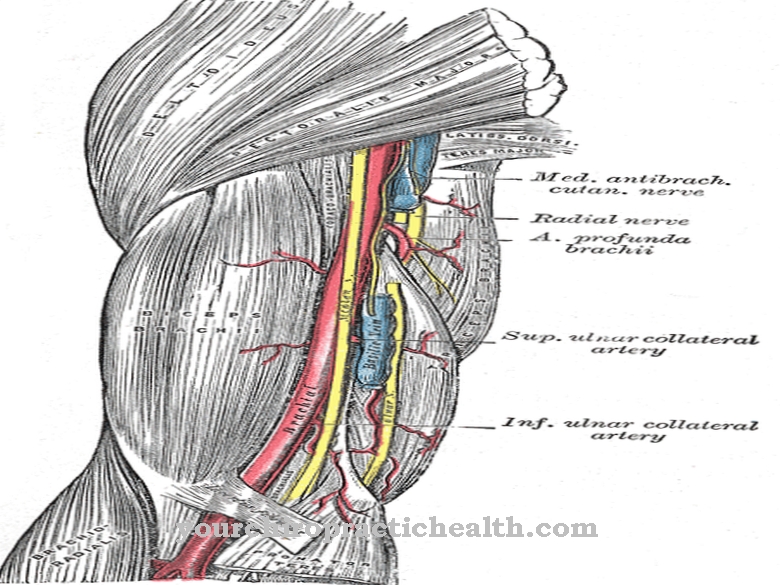
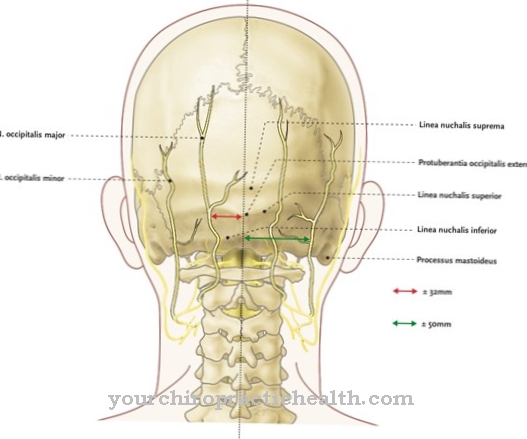
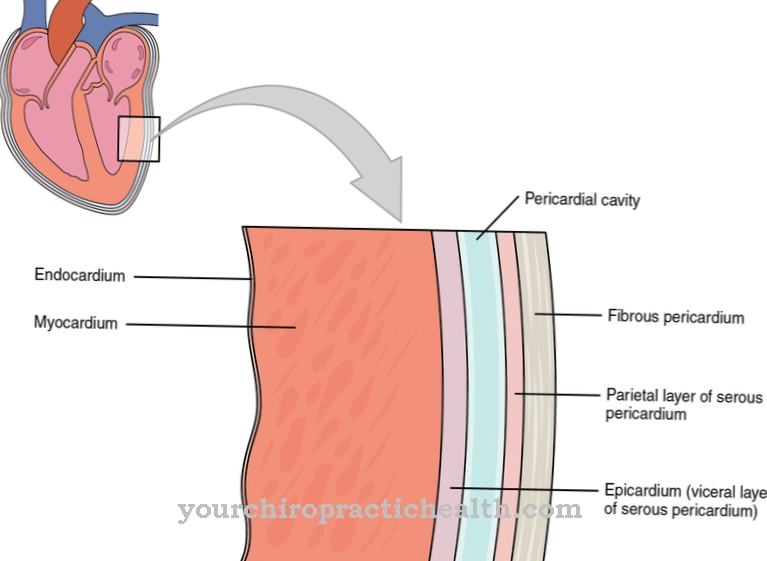
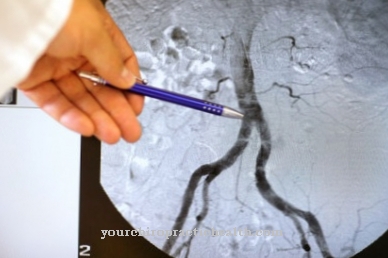
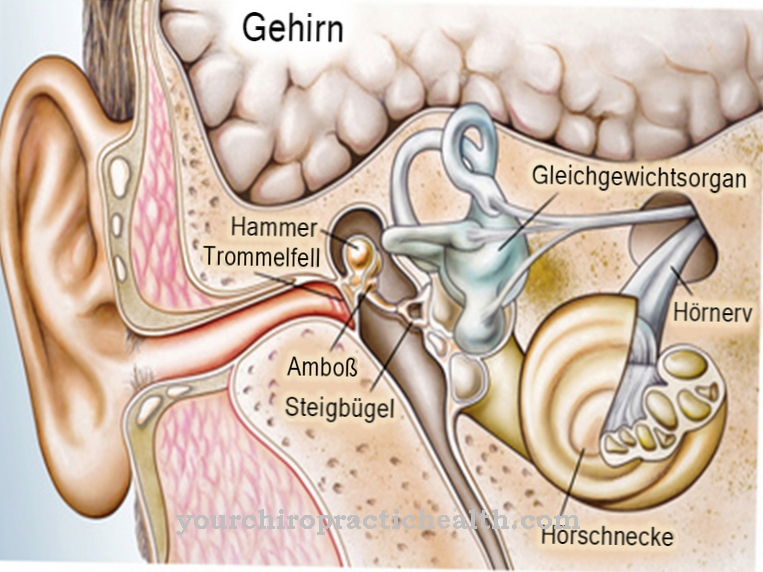











.jpg)







.jpg)


